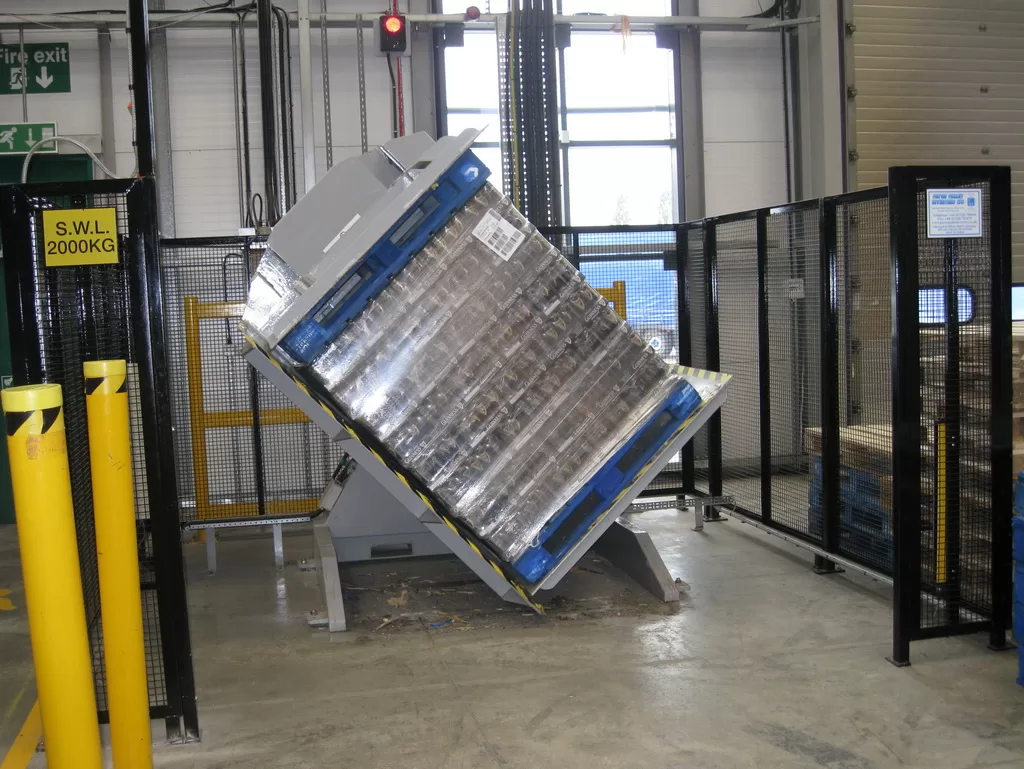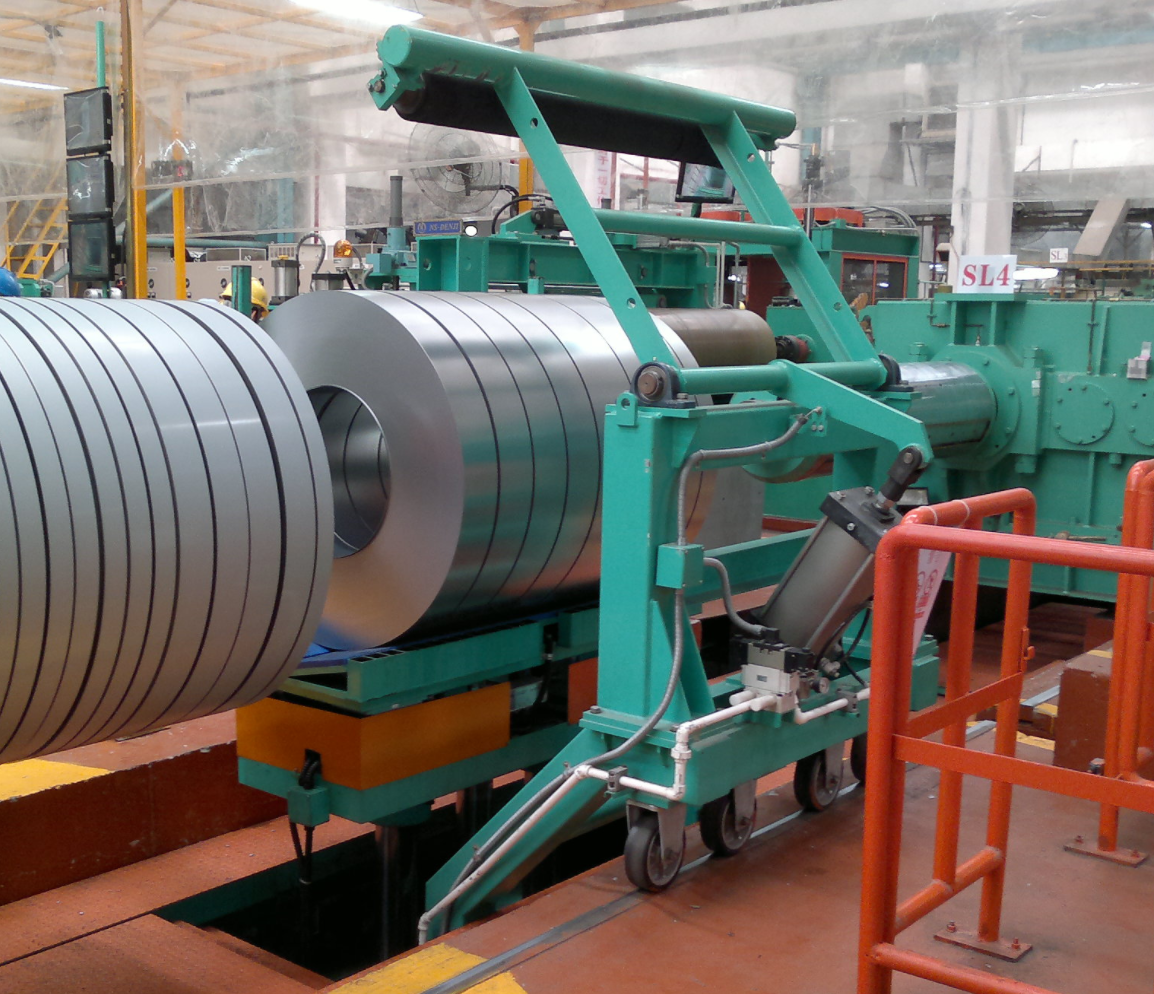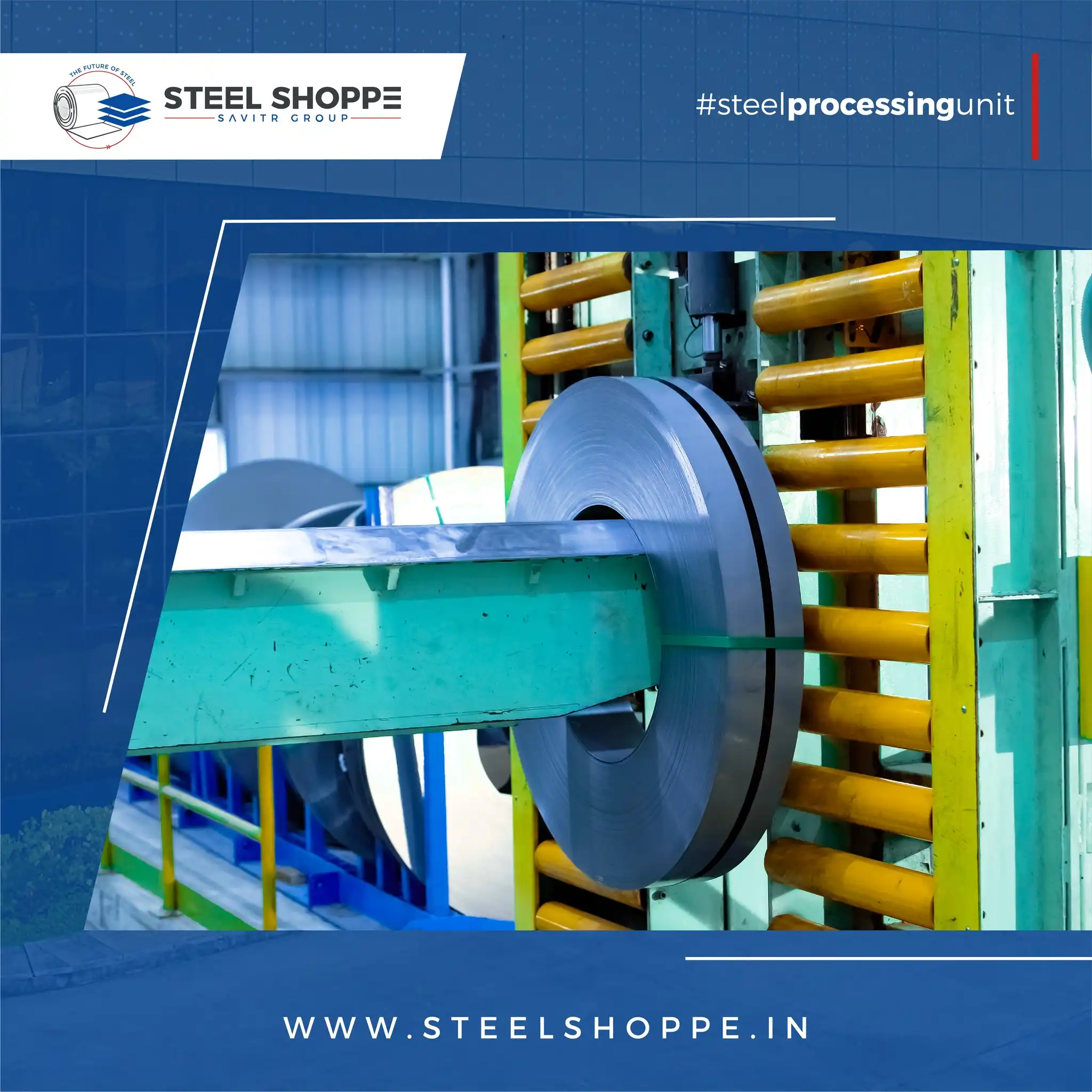Why Do We Need Mold Flippers?
In the demanding world of manufacturing, efficiency and safety are paramount. Mold flippers are increasingly essential machinery designed to streamline operations and safeguard personnel in industries reliant on heavy mold handling. These devices are revolutionizing workflows by automating the cumbersome and risky task of turning molds.
Mold flippers are crucial for modern manufacturing because they automate the turning and handling of heavy molds, eliminating manual labor, reducing injury risks, and enhancing operational efficiency. By providing precise control and consistent handling, they ensure workplace safety and minimize potential damage to expensive molds.
This article delves into the critical role of mold flippers, exploring their operational benefits, safety features, and implementation strategies, demonstrating why they are indispensable assets in today’s manufacturing landscape.
1. Enhancing Operational Safety with Mold Flippers
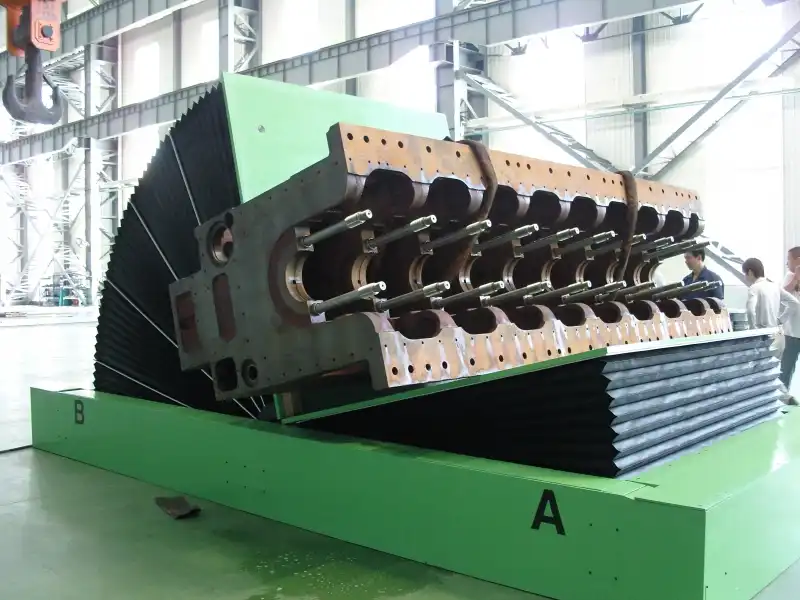
Manual handling of heavy molds poses significant safety risks in manufacturing environments. The potential for strains, injuries, and accidents is ever-present, underscoring the need for safer alternatives. Mold flipping machinery directly addresses these concerns by automating the hazardous aspects of mold manipulation, creating a more secure workplace.
Mold flipping machines drastically improve operational safety by removing the need for manual mold handling. These machines automate the turning process, thus minimizing the risk of workplace injuries associated with heavy lifting and awkward maneuvers. Automated handling ensures consistent and controlled movements, further safeguarding both personnel and valuable molds from damage.
To truly appreciate the impact of mold flippers on workplace safety, it’s essential to understand their mechanics and the specific safety features they incorporate. Let’s break down these elements to reveal why they are a cornerstone of modern, safe manufacturing practices.
Understanding the Mechanics and Safety Advantages
Mold flipping machines are not just about automation; they are about intelligently designed systems that prioritize safety at every operational stage. By examining their key components and safety features, we can understand how they provide a safer alternative to traditional mold handling methods.
| Component | Benefit | Safety Advantage |
|---|---|---|
| Automated Controls | Precision in movement, reducing human error. | Eliminates inconsistent manual handling that can lead to accidents. |
| Hydraulic Systems | Smooth and powerful flipping action for heavy loads. | Controlled and stable movement minimizes sudden shifts and drops. |
| Emergency Stops | Immediate halt of operation in critical situations. | Allows for quick response to prevent accidents or damage. |
| Load Sensors | Prevents overloading, ensuring operation within safe capacity limits. | Avoids strain on the machine and potential mold damage or instability. |
| Safety Barriers | Physical protection to keep operators outside the danger zone. | Prevents accidental contact with moving parts during operation. |
The integration of these features transforms mold handling from a risky manual task into a controlled, automated process. This shift not only enhances safety but also allows workers to focus on more skilled tasks, improving overall productivity and job satisfaction. For businesses aiming to elevate their safety standards and operational efficiency, incorporating mold flippers is a strategic and responsible investment in their workforce and machinery. You can explore more about machinery and its benefits in industrial applications.
2. Key Safety Features of Modern Mold Flippers

Safety in mold handling is not just an added benefit—it’s a fundamental requirement. Modern mold flippers are engineered with a suite of advanced safety features designed to protect operators and prevent accidents. Understanding these features is crucial for anyone involved in mold handling operations, as they represent a significant leap forward in workplace safety.
Modern mold flippers are equipped with essential safety features like emergency stop buttons for immediate operation halts, safety barriers to physically protect operators, and load sensors to prevent overloads. Interlocking systems and signal lights further enhance safety by ensuring controlled and visible operation, significantly minimizing risks associated with heavy mold handling.
Let’s delve deeper into these features to understand how they collectively contribute to creating a safer working environment.
Exploring Advanced Safety Technologies in Mold Flippers
Modern mold flippers incorporate a range of sophisticated safety technologies, each playing a vital role in minimizing risks and ensuring operator well-being. These features are not merely additions but are integral to the design and operation of these machines, reflecting a commitment to safety-first manufacturing.
- Emergency Stop Buttons: Strategically placed for quick access, these buttons allow operators to immediately stop all machine operations in case of an emergency or anomaly, preventing potential accidents or damage.
- Safety Barriers and Light Curtains: Physical barriers and light curtains create a protected zone around the operational area of the mold flipper, preventing accidental entry during operation and safeguarding personnel from moving parts.
- Load Sensors and Overload Protection: Integrated load sensors continuously monitor the weight being handled, preventing the machine from exceeding its safe working load. This feature avoids strain, instability, and potential failures due to overloading.
- Interlocking Systems: These systems ensure that the machine can only operate when all safety conditions are met, such as safety doors being closed or barriers being in place. Operation is automatically disabled if any safety interlocks are breached, adding a crucial layer of protection.
- Visual and Audible Signals: Signal lights and alarms provide clear indications of the machine’s operational status, alerting personnel to when the machine is in motion or if any issues arise. This enhances situational awareness and prevents accidental interference during operation.
These advanced safety features collectively transform mold flipping from a potentially hazardous task into a secure and controlled operation. By prioritizing these technologies, manufacturers can significantly reduce workplace accidents, protect their workforce, and ensure compliance with stringent safety regulations.
3. Implementing Mold Flippers Safely in Your Workplace
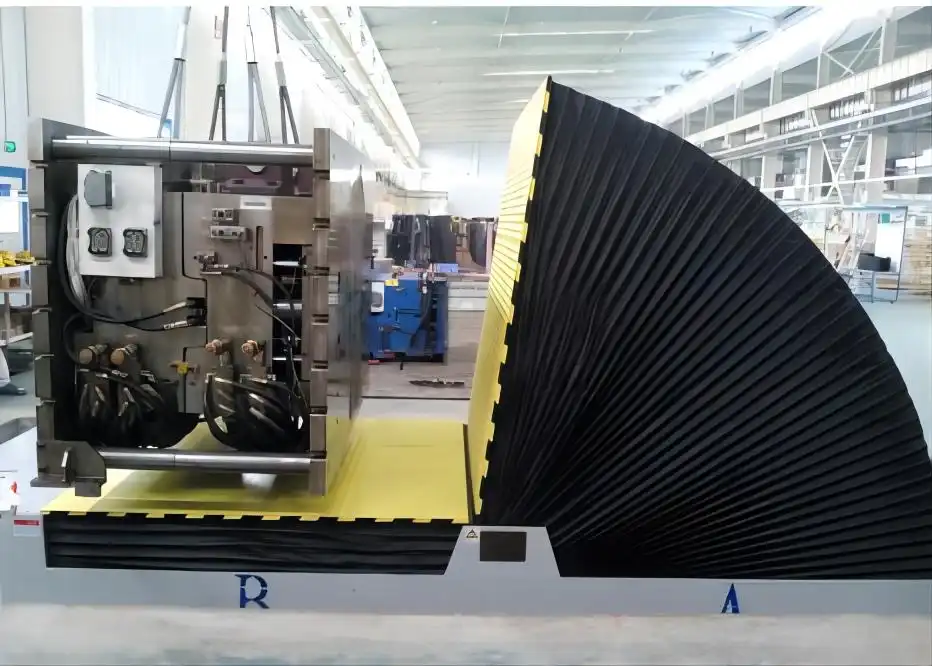
Integrating a mold flipper into your manufacturing facility is a strategic move towards enhancing safety and efficiency. However, the benefits are fully realized only when implementation is approached with a strong focus on safety. Proper planning, training, and adherence to operational guidelines are essential for ensuring a smooth and safe integration process.
Safe implementation of a mold flipper involves comprehensive staff training on operation and safety protocols, regular maintenance checks to ensure machine efficiency, and consistent safety inspections to identify and mitigate potential hazards. Adhering strictly to operational manuals and continuous monitoring are also crucial steps to ensure a safe and efficient working environment when using mold flippers.
Let’s outline the key steps for a successful and safe implementation, ensuring that your investment in mold flipping technology yields the intended safety and productivity benefits.
Steps to Ensure Safe Mold Flipper Integration
Implementing a mold flipper safely requires a structured approach, focusing on preparation, training, and ongoing monitoring. These steps are crucial for minimizing risks and maximizing the benefits of your new equipment.
| Step | Action | Result |
|---|---|---|
| Staff Training | Conduct thorough training on machine operation, safety features, and emergency procedures. | Competent and safety-conscious operators, reduced human error. |
| Regular Maintenance | Establish a schedule for routine checks and maintenance as per manufacturer guidelines. | Prevents malfunctions, ensures optimal machine performance and longevity. |
| Safety Inspections | Perform regular safety audits to identify potential hazards and ensure safety features are functional. | Proactive hazard mitigation, compliance with safety standards. |
| Guideline Adherence | Strictly follow operational manuals and safety guidelines provided by the manufacturer. | Safe and efficient operation, minimizes risks of misuse or accidents. |
| Continuous Monitoring | Implement ongoing monitoring of machine operation and workplace practices around the flipper. | Immediate identification and correction of unsafe practices, continuous safety improvement. |
By meticulously following these steps, businesses can create a safe and efficient environment for mold handling operations. This proactive approach not only protects employees but also ensures the longevity and optimal performance of the mold flipping machinery, contributing to sustained productivity gains.
4. Revolutionizing Mold Handling with Technology
The advent of mold flipping machines marks a significant revolution in mold handling within the manufacturing industry. For too long, the industry relied on manual methods or cumbersome crane operations, both fraught with safety risks and inefficiencies. Mold flippers offer a modern, technologically advanced solution that transforms these traditional challenges into streamlined, safe, and productive processes.

Mold flipping technology revolutionizes mold handling by automating and simplifying the process, making it safer, faster, and more efficient than traditional methods. These machines eliminate the need for manual heavy lifting and risky crane maneuvers, significantly reducing workplace injuries and improving operational workflows. The precision and control offered by mold flippers ensure consistent quality and minimize downtime, marking a paradigm shift in manufacturing productivity and safety standards.
The impact of this technological shift extends beyond just safety and efficiency. It redefines how manufacturing operations are conceived and executed, paving the way for further innovations and improvements in the industry.
Conclusion
Mold flippers are not merely an upgrade; they are a fundamental shift in manufacturing methodology. By prioritizing safety, enhancing efficiency, and integrating seamlessly into modern workflows, these machines are indispensable for any industry dealing with heavy molds. Embracing mold flipping technology is a strategic move towards a safer, more productive, and future-ready manufacturing environment.


